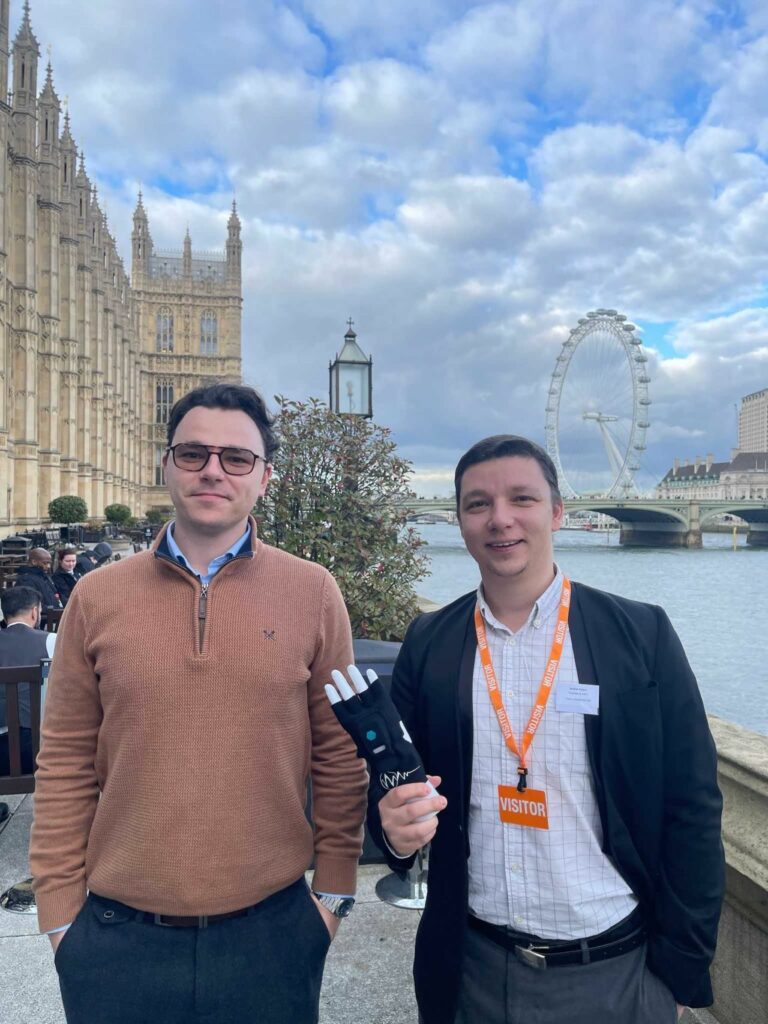The 2023 TEF submissions have been published but, as Jim Dickinson and David Kernohan observed on WonkHE, “there’s no way any human is going to read all of them”. I have however read the institutional narratives from the 14 English members of University Alliance (16 of the UK’s leading professional and technical universities) and have drawn out the key themes which characterise a TEF submission from an Alliance university.
Considering Alliance universities were the most likely university mission group to score gold for teaching excellence, and were the national leaders for student experience, it’s perhaps no surprise that we are die-hard ‘TEF superfans’, in the words of our Head of Policy Susanna Kalitowski.
But what does teaching excellence look like?
An Alliance narrative
Despite the constraints of a structured template, I found each narrative told a compelling story of approaches taken to teaching, assessment and student experience with links to associated evidence and colour from case studies. Each document obviously represented many hours of hard work put in to produce more than twenty pages of finely crafted narrative. The qualitative analysis techniques I used of coding, theming, and contextualising to boil the reports down to only the unanimously made and anonymised points meant I was left with just a few short paragraphs of dense text which I feared may be too generic. We discussed my summary at a meeting of the Alliance Teaching and Learning network and, fortunately, my colleagues from across the Alliance weren’t too appalled by what I’d done to their reports. My final summary narrative about teaching at an Alliance university included the following points.
Supporting a diverse range of students
On Provider Context the unanimous statements made were that: “Alliance universities demonstrate excellence in provision of a transformative educational experience for a diverse community of students. We are fully inclusive of groups less likely to participate in HE, including diversity of ethnicity and entry qualifications. We support commuting students, mature students, and those with no family background of university attendance. Our teaching is practice-informed to ensure curricula are applied and relevant, with employability baked into the skills developed and knowledge gained”.
Informed by employers
In the Student Experience section, addressing matters ranging across course content and staffing, the Alliance statement was: “Our course content and provision is regularly updated based on evidence of student progress as well as input from employers or professional bodies. We support the continuous professional development and career progression of our staff to ensure our students benefit from well-qualified teachers and up to date teaching methods”.
While those were the unanimously made points, many UA members also referred to pedagogic research, most highlighted the role of personal tutors in providing academic support, and most described investment in physical and digital resources. I’m sure that only word count limitations prevented these points being covered in all the documents.
Graduates with job-ready skills
Moving on to Student Outcomes, the consistent message emerging was an aim to support students through continuation to completion and that: “Employability is embedded in our curricula and assessments, ensuring our graduates leave with relevant skills and competencies as well as benefitting from a range of careers support initiatives. Our graduates are motivated and equipped to achieve their full potential. They leave us ready for ongoing success.”
‘Beyond the headlines’
I’m sure there is plenty in there that staff at other universities will recognise in their own practice and institutional procedures. Multiple other aspects of provision were also highlighted across the UA members’ narratives including elements such as support for technicians, investment in libraries, research influencing course content, and work to address digital poverty.
Approaches to student engagement
One area where the reports varied was in how student engagement was addressed. There were two approaches to this. Many members indicated how the student voice is included and influences policy and delivery within the university such as via committee or course representatives. Some members also described use of data analytics tools to track course engagement and prompt action where engagement drops.
The proof of the pudding is in the case studies
Most of the variation in the reports naturally came from the case studies which really brought the narratives to life. I was impressed by examples from across the Alliance such as Kingston University’s long established KU Cares provision to support care experienced students and UWE Bristol’s Starting Block support for transition into HE, as well as multiple examples of innovative teaching methods and industry partnerships in course design (such as the Nuclear Skills Academy at the University of Derby, and the Institute for Advanced Manufacturing and Engineering at Coventry University).
A glowing report
At UA, we are delighted by our members’ TEF results that have been published so far, particularly their scores for student experience. Those are perhaps most reflective of the great teaching provision, career-focused module content, and inclusive assessment methods that our members offer and were able to demonstrate not only in the data feeding TEF but also in these narratives.
Something we are supporting our members to consider is how to measure the distance travelled by our students, so future submissions in the ‘Educational Gain’ sections are better evidenced, and ensure the results provide useful information for students deciding which university will best suit their ambitions.
As one human who found reading fourteen provider narratives a challenge, I will be very interested to see what comes out of the sector’s wider analysis of the published TEF materials. There are many interesting details and positive stories to be found in them about the state of the sector and what excellence means.




